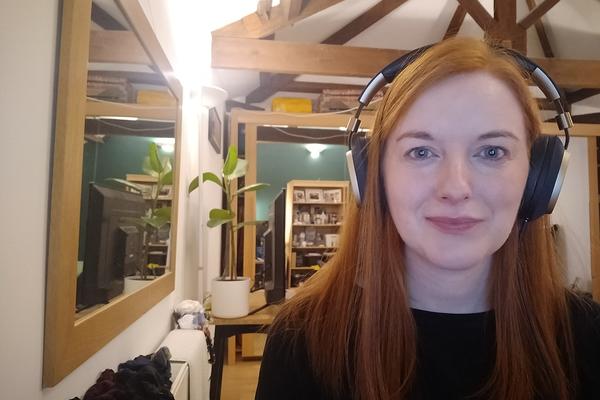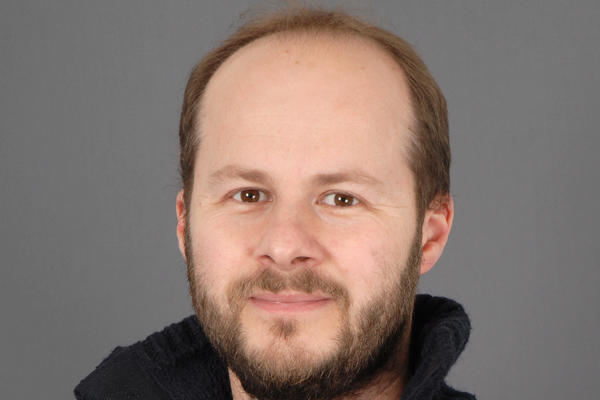Meet The Team
Prof. Gavin Thomas
Dr. Julia Humes
Prof. Simon Newstead
Dr. Michelle Rudden
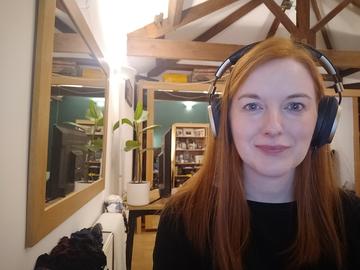
Job Title: Postdoctoral Research Associate (University of York)
Expertise: Molecular microbiology, bacterial genomics, phylogenomics
Research Focus: Skin microbiome, healthy bacterial interactions, evolution of B.O.
How did you come to research body odour?
I joined Gavin’s lab in 2016 on a BBSRC-funded project as a post-doc to work on the molecular basis of body odour. It was during this project that I became interested in how bacteria make body odour. We had two major breakthroughs in this project that has led to significant advances in the field, we achieved this in collaboration with Prof. Simon Newstead’s group at the University of Oxford. During this project I worked closely with Reyme Herman (research technician) and together we have identified the biochemical basis of how a particular bacterium (Staphylococcus hominis) produces thioalcohol-based malodour.
I didn’t expect to find body odour so interesting, however it is a complex phenomenon that still remains an evolutionary mystery as why we still produce it. We are now interested in understanding the evolutionary advantages of why resident axillary (armpit) bacteria metabolise body odour precursors from our sweat.
Prof. Gavin Thomas
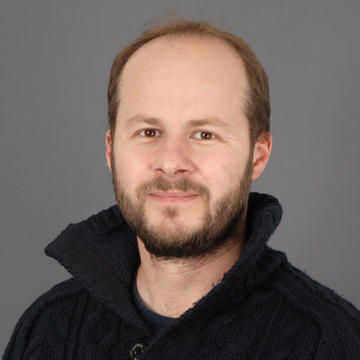
Job Title: Professor of Microbiology (University of York)
Expertise: Microbiology, Biochemistry
Research Focus: Engineering bacteria, transporters
How did you come to research body odour?
I got into this project by accident about 10 years ago when I was chatting to scientists from another part of Unilever's business about research on transporters, which forms a major part of what goes on in my lab, and they suggested that I should talk to Gordon James in the deodorants section about how his expertise could help on one of their projects. First through a PhD student, Daniel Bawdon, and then a BBSRC-funded grant to Michelle Rudden and Reyme Herman I have been able to work with Gordon and his team at Unilever to make significant progress in discovering the 'who' and 'how' questions about thioalcohol-based odour production in the human underarm. Part of the 'how' involved working with Simon Newstead's group at the University of Oxford, who are experts at taking snapshot of how the proteins work, to help us really get to the details of how we might stop the process. We are now left with the biggest question of all, the 'why' question, which should keep us busy for the next few years at least, although my kids now call me 'Prof. Sweat', I am thinking of diversifying research in the lab again...
Dr. Julia Humes
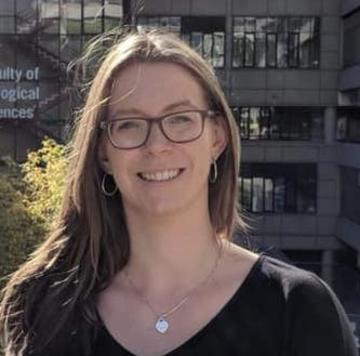
Job Title: Postdoctoral Reasearch Associate (University of Oxford)
Expertise: Biochemistry, Structural Biology
Research Focus: Membrane proteins
How did you come to research body odour?
After completing my PhD looking at how bacteria transport proteins to their outer membrane and out of the cell, I saw the opportunity to work in Prof. Simon Newstead’s lab to investigate how bacterial transporters get molecules into their cells. It turns out the transporter the project was studying is involved in the B.O. pathway. Finding out about the microbiology behind body odour and how I could apply my membrane protein background to an issue we are all familiar with was really exciting.
Currently my main focus is looking into finding ways to block the odourless molecule getting into cells so it cannot be broken down into the smelly molecule we recognise as B.O. Although I didn't think structural biology would bring me to B.O. it’s been so interesting working with the scientists at Unilever and the University of York to find a solution to the B.O. problem together.
Prof. Simon Newstead
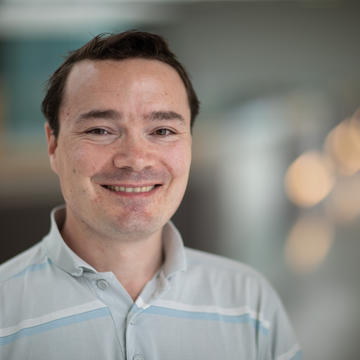
Job Title: Professor of Molecular Membrane Biology (University of Oxford)
Expertise: Biochemistry, Structural Biology
Research Focus: Protein nutrient transporters
How did you come to research body odour?
Our bodies absorb essential nutrients such as protein, fats and vitamins from our diet and transport these molecules into our blood to maintain health and wellbeing. The main site of food absorption is our intestinal tract, which contains specialised proteins, called transporters, whose job is to specifically recognise different nutrients and transport them into our body. My research focuses on understanding how these nutrient transporters work, as the same systems are also involved in tablet-based drug absorption.
I joined the BO and Beyond project following a conversation with Gavin Thomas and Gordon James at a BBSRC sponsored meeting in Sheffield, where we realised that a similar transporter responsible for nutrient absorption in our bodies was also present in the bacteria on our skin responsible for BO production! Initially with Dr Gurdeep Minhas, a researcher in my group, we solved the structure of the BO transporter and working with Michelle Rudden in Gavin’s group in York, determined the blueprint for how this system works.
Now, in collaboration with Gordon James in Unilever and funded through a BBSRC LINK award, Dr Julia Humes is working to develop inhibitors that stop this transporter from working, and hopefully develop a new tool in the fight against BO!
B.O. Research at Oxford
See inside the lab and find out more about the research on the B.O. project at Oxford.
Higher Resolution video found here.
Contact Us
University of Oxford
South Parks Road
Oxford
OX1 3QU
University of York
York
YO10 5DD
United Kingdom


